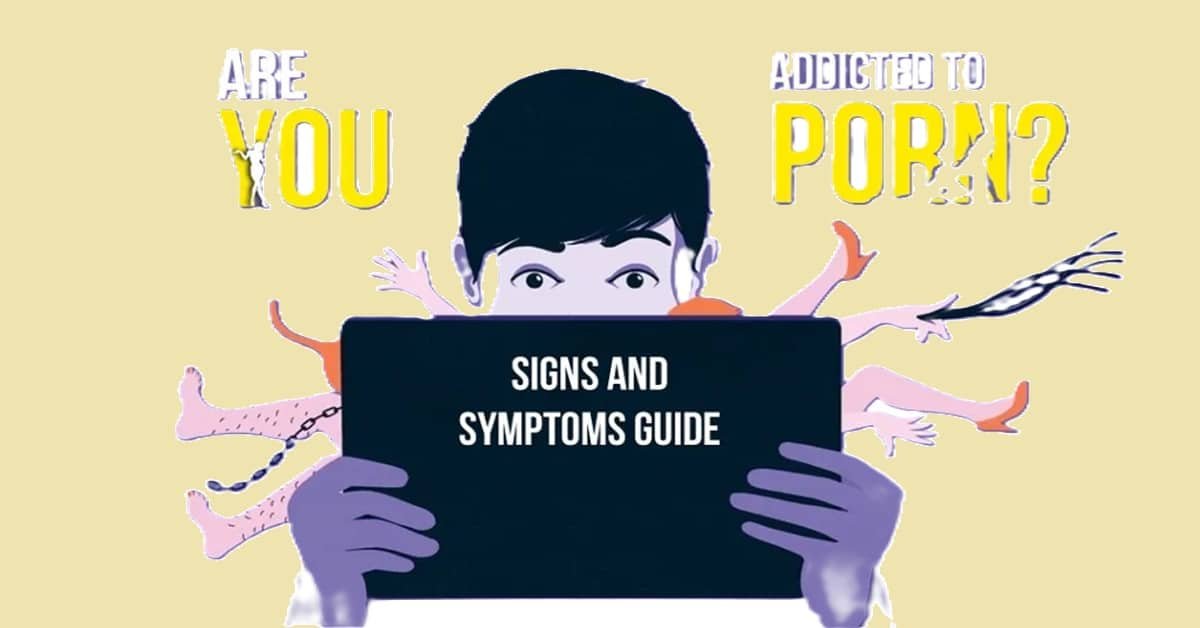Everything About Porn Addiction: Understanding, Symptoms, Treatment, and Recovery
In today’s hyper-connected world, with smartphones and the internet at our fingertips, access to adult content has become alarmingly easy. While many engage with pornography without issue, for some, it can develop into a compulsive behavior that negatively impacts various aspects of life. This blog post serves as a comprehensive guide to understanding porn addiction, its symptoms, the underlying causes, and ways to seek help and recovery.
What is Porn Addiction?
Porn addiction, often referred to as compulsive pornography use, is characterized by an individual’s inability to control their consumption of pornographic material despite experiencing negative consequences. Like other behavioral addictions, such as gambling or gaming, porn addiction can lead to psychological and emotional distress, affecting personal relationships, work life, and overall well-being.
Distinguishing Between Use and Addiction
It’s important to clarify the distinction between healthy use of pornography and addiction. For many, pornography can be a normal part of sexual exploration. However, addiction arises when viewing pornography becomes a compulsive behavior, overshadowing other important aspects of life. Key indicators include:
- Loss of Control: An inability to control or limit pornographic consumption.
- Escalation: Needing more explicit content over time to achieve the same level of arousal.
- Neglecting Responsibilities: Skipping work, social events, or family obligations in favor of viewing pornography.
- Continued Use Despite Consequences: Persisting with consumption despite negative impacts on relationships, self-esteem, or mental health.
Signs and Symptoms of Porn Addiction
Recognizing the signs of porn addiction is crucial for identifying the issue and seeking help. Below are some common symptoms:
- Preoccupation with Porn: Spending excessive time thinking about, planning, or actually viewing pornographic material.
- Interference with Daily Activities: Regularly missing out on important personal, social, or professional activities due to porn consumption.
- Negative Emotional States: Feelings of guilt, shame, or anxiety associated with porn use.
- Withdrawal Symptoms: Experiencing irritability, restlessness, or depression when attempting to cut back on pornography.
- Escalation to More Extreme Content: Seeking out more explicit or varied porn to achieve satisfaction.
- Impact on Relationships: Difficulty forming or maintaining intimate relationships, or using pornography as a substitute for real-life interactions.
- Unsuccessful Attempts to Stop: Multiple failed attempts to reduce or cease porn use.
Understanding the Underlying Causes
The causes of porn addiction can be complex and multifaceted, arising from a combination of psychological, social, and biological factors. Some common underlying causes include:
1. Mental Health Issues
Individuals with underlying mental health conditions, such as anxiety, depression, or trauma-related disorders, may turn to pornography for relief. The temporary escape provided by porn can lead some to develop unhealthy coping mechanisms.
2. Social Factors
The rise of internet access has made porn readily available, and societal attitudes towards sexuality have evolved, normalizing its consumption. Isolation, lack of sexual education, or poor relationships may drive individuals to seek solace in pornography.
3. Neuroscience of Addiction
Engaging with pornography can trigger the brain’s reward system, releasing dopamine— the “feel-good” neurotransmitter. Over time, the brain may require more extreme stimuli to elicit the same pleasure response, leading to compulsive behaviors.
4. Underlying Sexual Problems
Individuals experiencing sexual dysfunction or dissatisfaction in their personal lives may turn to pornography as an alternative source of sexual pleasure, which can become a maladaptive way to cope with their issues.
Treatment Options
Acknowledging porn addiction is the first step towards recovery, and there are various treatment options available that can help individuals regain control over their lives.
1. Therapy
One of the most effective ways to address porn addiction is through therapy:
- Cognitive Behavioral Therapy (CBT): CBT is a common therapeutic approach used to help individuals understand and change their thought patterns related to pornography.
- Group Therapy: Joining a support group with others who share similar struggles can provide encouragement and insights.
- Couples Therapy: For those in relationships, engaging in therapy as a couple can address the ways pornography affects their partnership and foster intimacy.
2. Self-Help Strategies
In conjunction with professional help, individuals may find it beneficial to incorporate self-help techniques:
- Set Boundaries: Limit internet access and use filters that block pornographic content to reduce temptation.
- Journaling: Keeping a journal can promote self-awareness and help chart progress in overcoming addiction.
- Mindfulness and Meditation: Practicing mindfulness can help individuals gain greater control over their impulses and manage compulsive urges.
3. Education and Awareness
Understanding the psychological and physiological impacts of porn consumption can empower individuals to make informed choices about their behaviors. Resources such as online forums, books, and workshops can provide valuable insights into managing porn addiction.
4. Lifestyle Changes
Incorporating positive lifestyle changes can aid in recovery. These may include:
- Engaging in Hobbies: Finding fulfilling interests can occupy time and attention that might otherwise be spent consuming porn.
- Establishing Healthy Relationships: Strengthening connections with supportive friends and family can foster a sense of belonging and reduce reliance on pornography.
- Regular Exercise: Physical activity is known to produce mood-boosting endorphins which can offset feelings of depression and anxiety.
Finding Help: Resources and Support
If you or someone you know is struggling with porn addiction, there are numerous resources available:
- Professional Therapists: Look for licensed therapists who specialize in sexual addiction or compulsive behaviors.
- Support Groups: Organizations like Sex Addicts Anonymous (SAA) or other local support groups offer a safe space for sharing experiences and encouraging recovery.
- Online Resources: Websites dedicated to helping individuals with porn addiction often offer forums, articles, and other resources.
Conclusion
Porn addiction is a serious but often overlooked issue that can have profound effects on individuals and their loved ones. Understanding the signs, causes, and treatment options is essential for those struggling with this addiction. Through therapy, self-help strategies, and community support, individuals can find pathways to recovery and lead healthier, more fulfilling lives.
If you or a loved one is impacted by porn addiction, remember that it’s never too late to seek help. Acknowledgment is the first step toward regaining control, and recovery is entirely possible.


